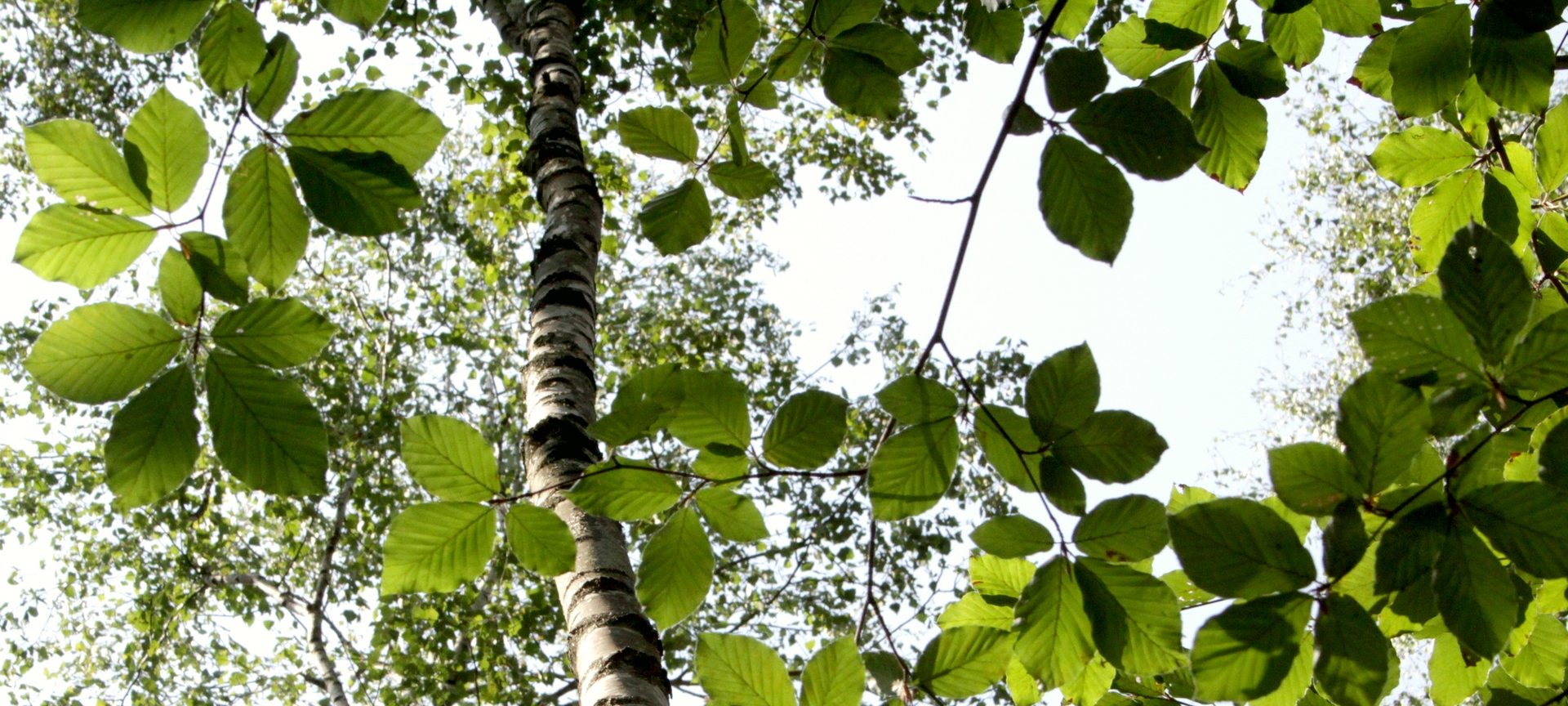
Forests

Restoration of forest ecosystems on “new ground” addresses all aspects of soil assessment, site-adapted choice of suitable tree species, fertilisation, but also forest management. Conclusions by analogy derived from the surrounding landscape are rather limited. Reclamation sites show very specific site and growth conditions − ecosystem development starts at “point zero”.
In the Lusatian Lignite District large-scale industrial coal mining has left deep marks in the landscape. However, afforestation of former opencast mines so far covers about 400 square kilometres, which is two thirds of the reclaimed landscape in the region.
Thereby, forest reclamation is an integral element of legal mining operation plans. It shows, how attractive, ecologically important and productive habitats establish within one forest generation. And even for experienced specialists it is hard to distinguish between “new forests” and the surrounding woodland.
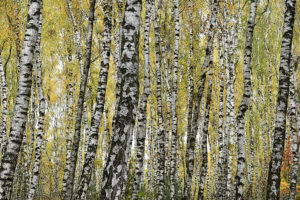
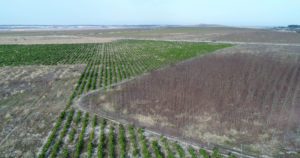
FIB e.V. supports forest reclamation activities in many ways, especially by developing site-adapted management concepts on the basis of modern ecosystem research. But not only timber growth, yields and utilisation aspects are of concern. Nowadays, not less important are ecological sustainability indicators: biodiversity, intact nutrient cycling or the efficient carbon storage performance of upgrowing forests.
Finally, applied forest reclamation research deals with soil-improving agents and tree species-adapted fertilisers promoting tree growth and survival rate on initially nutrient limited raw soils. Therefore, we carry out field and technology experiments, of course, in close contact with reclamation practice.
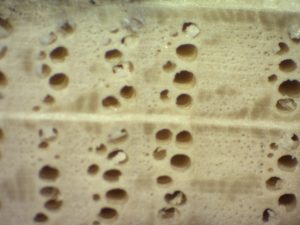
In the course of global climate change the target region shows a significant warming, already since the 1960s, by one degree Celsius in the annual average. This quite alarming trend continues: By the end of this century a further heating of 2.3 to 3.5 degrees Celsius is predicted, depending on the climate scenarios. On the other hand, the future rainfall is rather uncertain. Even more there is a strong need for climate change adaption strategies dealing with all prognostic uncertainties and risks.

Thus the “climate risk region Lusatia” is a field laboratory in forest landscape dimension. Here we can evaluate different tree species, native as well as foreign, and forest management systems with respect to climate and site relationships. Right now, we investigate about 50 typical forest stands in the region, with respect to soil development, hydrological aspects and growth.
Comprehensive tree-ring analysis gives us detailed information about present forest development, but also the response to extreme weather events in the past. For example, the exceptionally hot and dry summers 2018 and 2019 cause drastic growth depressions and a sustaining loss of vitality. The widespread Scots Pine as major commercial tree species turns out rather sensitive to heat. In contrast, both native Sessile Oak and Common Birch respond on precipitation deficits, especially if enough water was available before.
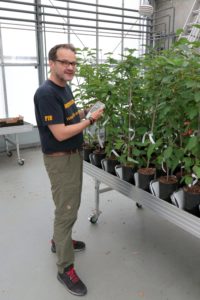
Some questions often asked: Is afforestation of reclaimed land and other special “underutilised” sites “sustainable” in the ecological sense and long term? How can we evaluate the forest functions on the whole? Which forest tree species, origins and genotypes are the most suitable for reclamation?
FIB e.V. gives answers, by using different scientific methods and smart measures. For example: For understanding the general system behaviour we measure water and element turnover.
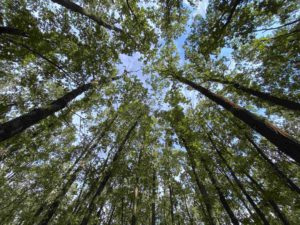
Complex and scenario-based forest growth modeling give us a reliable idea of future timber growth under changing site and environmental conditions. In both cases we take a closer look especially on mixed and uneven-aged forest stands.Deeper-going ecophysiological investigation provides information about the overall vitality and also drought and heat stress tolerance of tree species. Behind this, it is obvious that we cannot simply make our conclusions on the further development of forests only looking at their growth. In fact, trees and forests have a considerable potential to adapt on environmental change more than previously assumed: for example, by epigenetic adjustment mechanisms, changing interspecific competition or individual tree allometries, like the root-stem proportion.
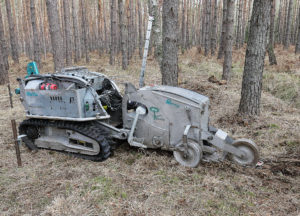
For two decades now, our research activities focus on the stand conversion from unstable and not site-adapted, climate-sensitive coniferous forests into more near-natural deciduous mixed forests, looking at both afforestation on reclaimed woodland and forests of the surrounding landscape. Within this field, we are testing also different innovative technologies for timber harvest and logging.
Since 2010 technology experiments are carried out in close cooperation with the forest department of the Federal State of Brandenburg. A closer look is taken on economic efficiency and environmental compatibility, notably soil protection and permanent trafficability of unpaved skid roads. Besides “classical” methods of soil investigation, like measuring bulk density, pore size distribution or in situ water infiltration rate, innovative imaging and analysing methods are used: Most promising is the high-resolution near-range photogrammetry, as an alternative to terrestrial laser scanning.
Another “hot topic” is to avoid timber and biomass overuse by minimising nutrient exports: Therefore, we evaluate the nutrient storage in different tree compartments, felling probe trees and taking samples for calculation of biological nutrient storage. Via forest yield inventories these interim results are extrapolated for the whole management cycle and upscaled to the level of superior management units. What is more: Right now, we investigate the fully mechanised sowing of native tree species for restoring damaged woods.
